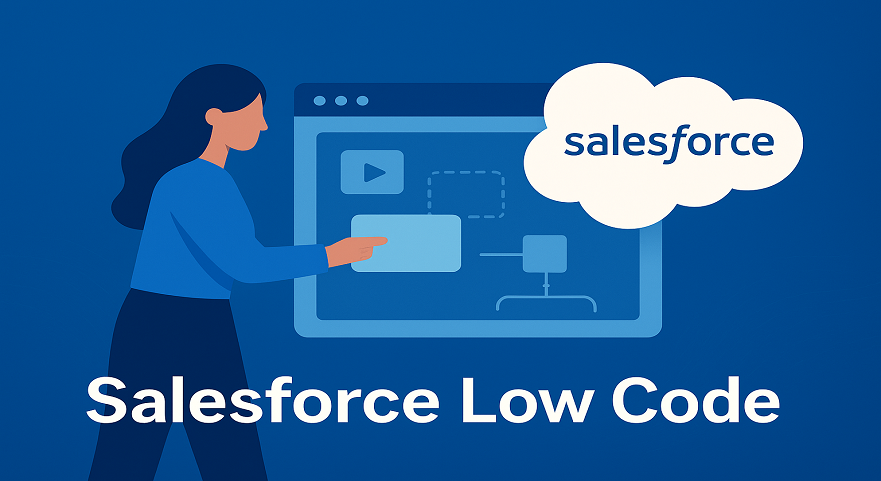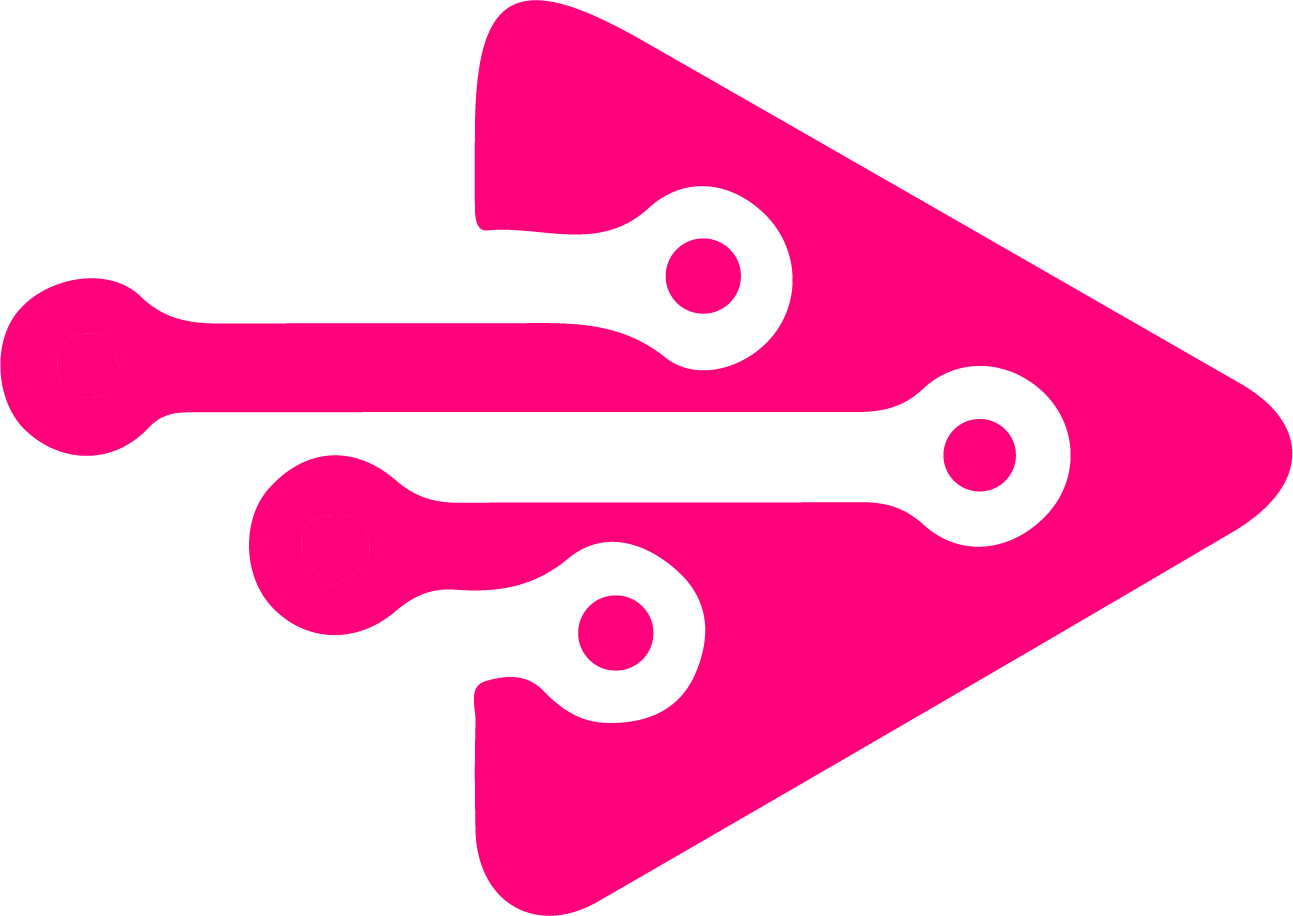Low-Code to No-Code Trends in Salesforce Development

Salesforce low code solutions are rapidly redefining how businesses approach application development. By enabling users to create and deploy applications without extensive coding expertise, Salesforce low code platforms bridge the gap between IT teams and business users. The rise of low-code and no-code tools in Salesforce development ensures faster deployment, reduced costs, and enhanced agility. Companies leveraging these trends can streamline workflows, automate complex processes, and empower citizen developers. This blog explores the key trends in Salesforce low code and no-code development, highlighting their benefits, emerging tools, and practical applications for modern enterprises.
Understanding Salesforce Low Code and No-Code Development
Salesforce low code platforms allow users to build applications with minimal coding using drag-and-drop interfaces, pre-built components, and declarative workflows. No-code tools take this further by enabling entirely code-free development. Together, these trends democratize app development, allowing non-technical teams to actively contribute to business process automation.
Benefits of Salesforce Low Code:
- Accelerated application development
- Reduced dependency on specialized developers
- Improved collaboration between IT and business teams
- Faster response to market demands
Key Trends in Low-Code to No-Code Salesforce Development
Increased Adoption Across Industries
Companies in finance, healthcare, retail, and manufacturing are increasingly using Salesforce low code tools to create custom apps tailored to their unique workflows.
Integration with AI and Automation
Salesforce low code platforms are now incorporating AI-powered automation, predictive analytics, and workflow optimization to deliver smarter applications with minimal manual coding.
Focus on Citizen Developers
Empowering business users to act as citizen developers helps organizations reduce backlog on IT teams and accelerate project timelines.
Mobile-First Development
Low-code solutions prioritize responsive and mobile-friendly application design, ensuring seamless access for remote and on-the-go users.
Choosing the Right Salesforce Low Code Tools
Some popular Salesforce low code tools include:
- Salesforce Lightning Platform: Drag-and-drop app builder for quick deployment
- MuleSoft Composer: For integrating data across multiple systems without coding
- Flow Builder: Automates complex workflows within Salesforce CRM
Using the right tools helps maximize efficiency while maintaining compliance and scalability.
Challenges and Best Practices
Challenges:
- Data security and governance concerns
- Over-reliance on drag-and-drop tools may limit advanced customizations
- Need for proper training of citizen developers
Best Practices:
- Define governance policies for low-code projects
- Combine low-code solutions with professional development for complex tasks
- Regularly update and test applications for scalability
Conclusion & CTA
Salesforce low code and no-code trends are revolutionizing how organizations develop applications, enabling faster deployment, greater collaboration, and business agility. Companies adopting these tools are better positioned to respond to evolving market needs efficiently.
For organizations seeking to leverage Salesforce low code solutions, Tech i-vin Technology provides expert guidance and tailored development services to accelerate business growth.
